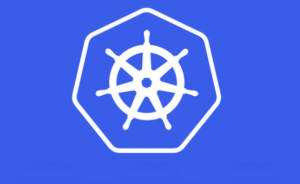
Kubernetes namespaces represents virtual clusters (logical entity with a unique name) created out of same physical cluster to enable allocation or split of cluster resources to different group of users. Namespaces are, primarily, used for managing cluster resources across dev/test/production environments by attaching different level of authorization controls and policies to different sections of cluster resources. In simpler words, it allows to create a community of users (developers, testers, production ops) in relation to some of the following:
- Cluster resources available for usage (pods, services, deployments, replication controllers etc)
- Who could do what with available cluster resources (policies)
- Number of resources that could be used by the community (quotas)
This post aims to provide a list of commonly used commands (cheat sheet) to work with namespaces. This list can prove to be very useful when you are starting to work with Kubernetes namespaces.
- Get the list of namespaces
kubectl get namespaces
- Show the namespaces with label information
kubectl get namespaces --show-labels
- Get summary information of a specific namespace
kubectl get namespaces <name>
- Get detailed information about a namespace
kubectl describe namespaces <name>
- Create a namespace
kubectl create -f <yaml/json file consisting of namespace information>
Here is a sample json file for development namespace:
{ "kind": "Namespace", "apiVersion": "v1", "metadata": { "name": "development", "labels": { "name": "development" } } } - Delete a namespace
kubectl delete namespaces <name>
- Get the detailed information about cluster
kubectl config view
- Set a context with a namespace
kubectl config set-context <context-name> --namespace=<namespace-name> --cluster=<cluster-name> --user=<user-name><span data-mce-type="bookmark" style="display: inline-block; width: 0px; overflow: hidden; line-height: 0;" class="mce_SELRES_start"></span>
- Choose a request context to work with a specific namespace
kubectl config use-context <context name>
- Get the current context information
kubectl config current-context
References
Summary
In this post, you scanned through the list of commands in relation to Kubernetes Namespaces. Did you find this article useful? Do you have any questions about this article or Kubernetes namespaces commands? Leave a comment and ask your questions and I shall do my best to address your queries.
- Coefficient of Variation in Regression Modelling: Example - November 9, 2025
- Chunking Strategies for RAG with Examples - November 2, 2025
- RAG Pipeline: 6 Steps for Creating Naive RAG App - November 1, 2025
I found it very helpful. However the differences are not too understandable for me